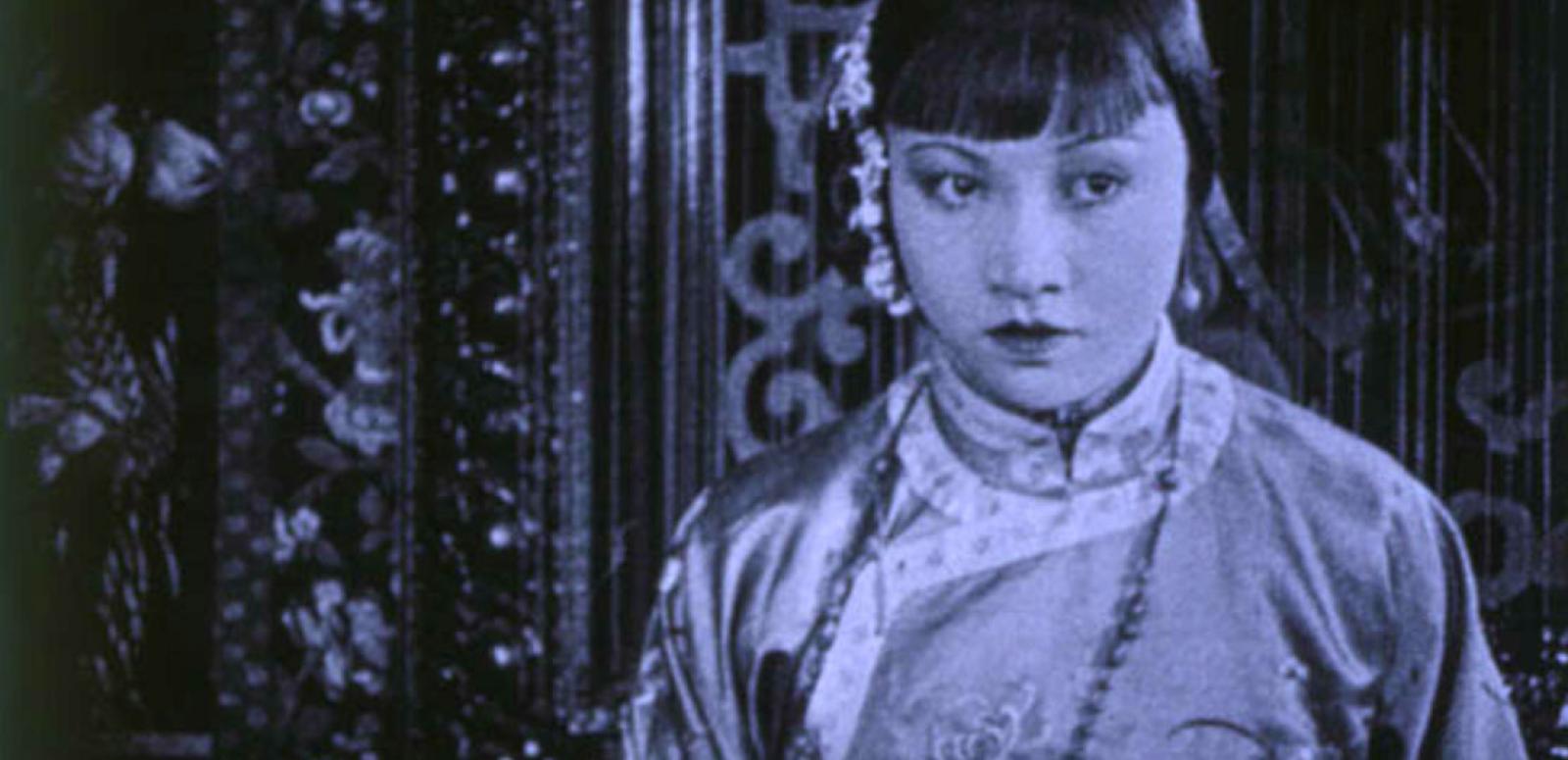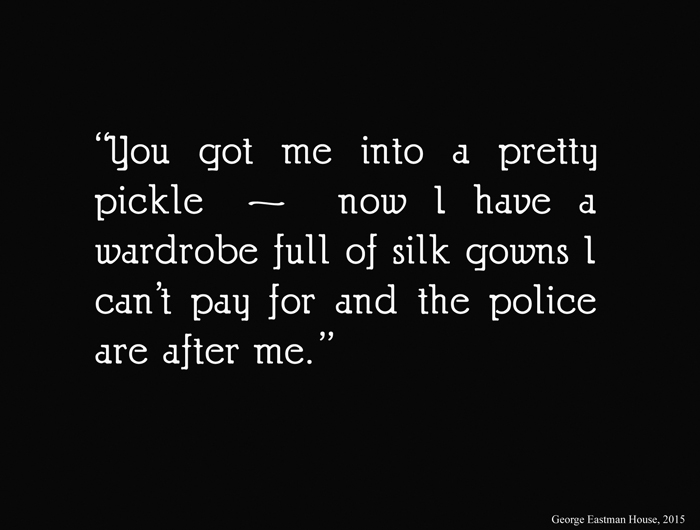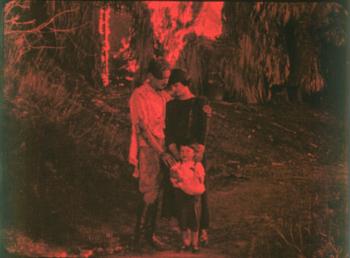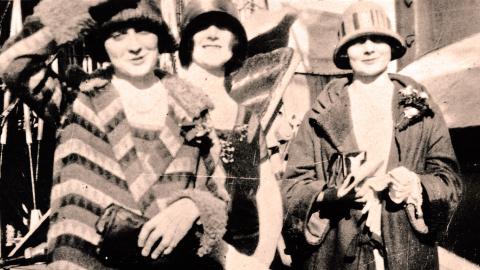

Drifting
'Drifting' at George Eastman Museum
I was very fortunate to spend a few weeks taking part in the annual staff exchange program held between the NFSA and the George Eastman Museum, which is located in Rochester, New York State.
One of the highlights of my trip was seeing a presentation of the museum’s restoration work on Tod Browning’s film, Drifting (1923). This is an earlier Browning title (although he had been directing since 1915) and provides an insight into his development as a filmmaker, which would culminate in his two most well-known films: the 1931 adaptation of Dracula (starring Bela Lugosi) and, a year later, the unforgettable Freaks.
The screening I attended was presented especially for the staff of the museum. Film restoration can be a fragmented process, with different aspects being addressed independently. A screening such as this gives staff a chance to get for an overview of the project, as well as offering a reminder of the important work being carried out by the museum.
Drifting is an entertaining thriller, set in rural China and depicting a morally conflicted heroine involved in the opium trade. Much of the drama is derived from her alternating allegiances to the drug runners or law enforcement officers. The film stars Priscilla Dean, but is also notable for featuring Anna May Wong in an earlier film role. Wong had previously appeared in The Toll of The Sea, an important early Technicolor title (from 1922!), and would go on to become one of the first Asian-American Hollywood stars.
The story of this particular restoration stretches back to 1991, when the George Eastman Museum received an incomplete tinted nitrate copy of the film from the Czech Republic. As would be expected, all intertitles were in Czech and the first challenge was to translate these back into English.
This process was undertaken by a student of the L Jeffrey Selznick Film Preservation school, Zuzana Zabkova, in 2011 and a National Film Preservation Foundation grant resulted in a new film print produced using these newly translated title cards. Importantly, these cards display a small acknowledgment identifying their origin, which is unobtrusive to the viewing experience but prevents any confusion as to their provenance.

Intertitle from 'Drifting' (Tod Browning, USA, 1923) George Eastman House
The project developed with the discovery that two other instances of the film existed in, respectively, the Hungarian Film Archive and the Russian Gosfilmofund. Assembling the three film prints represented a restoration challenge for the museum’s Daniela Currò and Anthony L’Abbate.

Each contained unique footage and had also been duplicated differently, sometimes with a variation in aspect ratio, or copied to black-and-white without maintaining the original colour tinting. While the initial restoration had been produced predominantly photochemically, the later attempt made extensive use of digital technology to ensure that the newly incorporated footage would contain consistent colouring.
The digital re-creation of the original tints is one of the most immediately impressive aspects of this project. Rather than trust in any intermediates, the colouring of the film was done physically side-by-side with the original tinted nitrate film, to ensure that the colours conformed as closely as possible. The result of this hard work is especially noticeable in the climax of the film, involving a fire consuming the Chinese village, which makes use of a dramatic crimson hue.
It is important to mention that this is not the last stage of this project, as the digital version will be authored back to film. This reprinting to a physical manifestation is important as it allows audiences the opportunity to appreciate the film once again, via a similar technology to what was used way back in 1923.
The National Film and Sound Archive of Australia acknowledges Australia’s Aboriginal and Torres Strait Islander peoples as the Traditional Custodians of the land on which we work and live and gives respect to their Elders both past and present.


